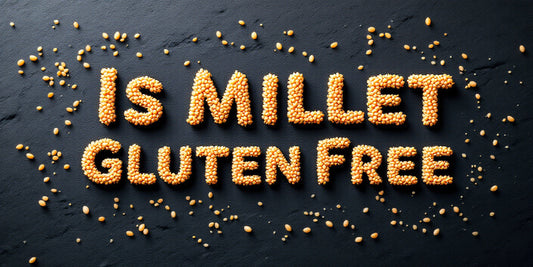 Typically, higher GL is associated with more weight gain, as well as chronic diseases like type 2 diabetes. Based on more than 16 years of follow-up among 120,000 men and women from three long-term studies of U.S. health professionals, the authors first found that diets with a high glycemic load (GL) from eating refined grains, starches, and sugars were associated with more weight gain. Previous research has linked glycemic load of the diet, a reflection of how much a food causes a rise in blood glucose, to chronic diseases like type 2 diabetes but it had not been established how GL is related to weight-gain over many years.
Typically, higher GL is associated with more weight gain, as well as chronic diseases like type 2 diabetes. Based on more than 16 years of follow-up among 120,000 men and women from three long-term studies of U.S. health professionals, the authors first found that diets with a high glycemic load (GL) from eating refined grains, starches, and sugars were associated with more weight gain. Previous research has linked glycemic load of the diet, a reflection of how much a food causes a rise in blood glucose, to chronic diseases like type 2 diabetes but it had not been established how GL is related to weight-gain over many years.
When people increased their levels of red meat and also GL levels (by eating more empty carbs like white bread), they were more likely to gain weight. However, people who ate red meat in addition to low GL foods like vegetables, reduced some of the weight gain. In fact, the more of these foods people ate, the more weight they lost, which proves that calories aren’t as important as they type of calories you’re eating.
Be specific in choosing the types of proteins and carbohydrates you eat, because these little things might make a big difference in your weight loss or weight gain later on. Eating high-fat foods like eggs and cheese in combination with low-glycemic foods actually helped individuals lose weight, too. So it turns out that it’s not always about the calories, or about eating the low-fat foods; instead, it may be about eating the right combinations of food.
The major research finding of the study were:
• Increasing intakes of red meat and processed meat were most strongly associated with weight gain.
• Increasing intakes of yogurt, seafood, skinless chicken, and nuts were most strongly associated with weight loss — the more people ate, the less weight they gained.
• Increasing other dairy products, including full-fat cheese, whole milk, and low-fat milk, did not significantly relate to either weight gain or weight loss.



















